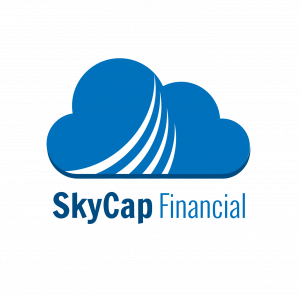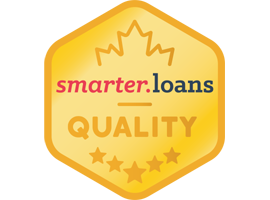Step 1: Decide how much you need to apply for
When choosing and applying for a personal loan, it’s important to know how much you need. You will commonly see minimum personal loan amounts of $1,000 or more, but the lowest amount is around $500 (from SkyCap). In cases where you need less than that, you might be able to save up extra cash, borrow from a friend or family member, or charge the purchase to your credit card.
Step 2: Prequalify and compare
Once you know how much you need, you should do some research and compare them before applying. A loan comparison tool such as LoanConnect or Smarter.loans can help you easily compare the rates and fees from multiple lenders online, easily and safely from home.
These services are usually free, secure, and do not affect your credit score since most personal loan comparison tools ask for some basic information, like your annual income, date of birth, or social security number, to find you the best loan options.
Step 3: Gather documents and submit the application
You need to review your loan options and make a decision before submitting an application. Ideally, you should only do this once because it will affect your credit report.
Depending on your lender, you’ll need different documents, but typically you’ll need proof of income and expenses. The following documents may be included:
- Recent paystub(s)
- Statements from your checking account within the past 3 to 6 months
- Picture ID
- Proof of residence
- Education history (including highest level/degree achieved)
- Information on financial status (retirement account statements, outstanding debt, investment assets, etc.)
- Preferred bank account for direct deposit
Be sure that you review the terms carefully, then submit the completed application.
Step 4: Wait for your approval
Your application might be approved within an hour, or it might take three to five business days. At SkyCap we try and get you your approval within 24 hours
Upon approval, you should be able to expect to receive your loan balance, (less any origination fees), in the bank account you chose for direct deposit. You might choose to send the money you get from a consolidation loan directly to the credit card companies to pay off your outstanding balances. Alternatively, if you decide not to sign up for a direct deposit, your lender will send you a paper check in the mail.
After the loan money reaches your account, you can begin making payments within 30 days. Make sure you have signed up for autopay (you might even qualify for a discount). Budgeting for your monthly payments will help you never miss a payment. On-time payments will help you to maintain a good credit score.







